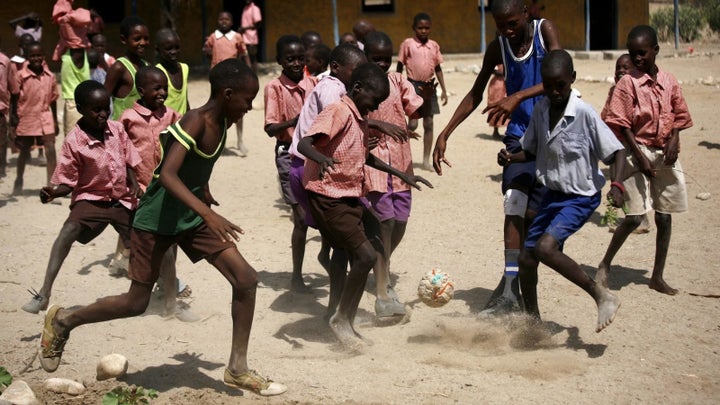
Tanzanian, Icelandic, Estonian, Norwegian and Japanese children are the world’s fittest while Mexican, Peruvian, Latvian, and American kids are the least fit. That’s according to a new study by Justin Lang, a PhD candidate at the University of Ottawa, published in the British Journal of Sports Medicine.
Lang and researchers from Australia and the United States analyzed how children between the ages of 9 and 17 in 50 countries performed on a 20 meter (66 feet) running test, known in Australia as the “beep test.” The children run as many 20-meter shuttles back and forth as they can at an increasingly fast pace, as a way to measure their maximum aerobic power.
Looking at the aerobic capacity of children is important for the overall population’s health. “Kids who are aerobically fit tend to be healthy; and healthy kids are apt to be healthy adults,” said Lang.

Lang and his colleagues also found that, in developing countries, when certain socioeconomic indicators improved, performance on the running test worsened. In developed countries, the opposite was the case.
For instance, the higher a developing country’s level of urbanization or “human development index”—a score based on quality of life and prosperity—the worse its kids performed on the test.
This, according to Lang, is an indication of a society in the middle of a “physical activity transition,” the point when a population becomes wealthier and is able to expend less energy on things like getting food or commuting.
“The evidence of a physical activity transition is similar to a double-edged sword,” Lang said. “The difference in developing countries is that these transitions are occurring at a rapid rate and developing countries simply don’t have the infrastructures in place to cope with the burden of chronic disease in addition to the prevalent infectious diseases in these parts of the world,” he said.
It’s hard to say exactly how many countries are going through this transition, according to Lang. But Africa, which has the world’s second fastest rate of urbanization after Asia, and where pockets of a middle class are expanding, may be especially vulnerable.
Among all countries though, Lang and his researchers found that higher income inequality was accompanied by lower performance on the test.
“Countries with a large gap between rich and poor often have large subpopulations of extremely poor individuals. Poverty is linked to bad health outcomes—one of which is aerobic fitness.”

This article originally appeared on Quartz Africa. Sign up for the Quartz Africa Weekly Brief — the most important and interesting news from across the continent, in your inbox.